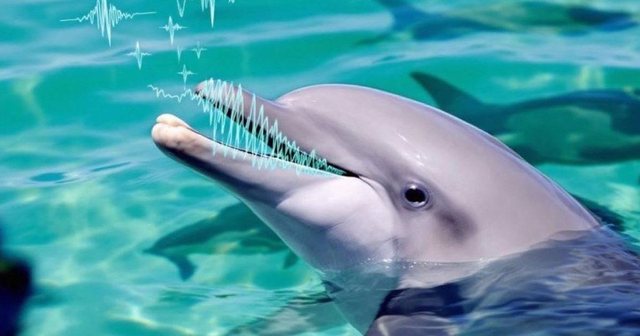
Google introduces DolphinGemma - Artificial Intelligence that "talks" to dolphins


For decades, scientists have been fascinated by the way dolphins communicate—with whistles, tongue flicks, and rapid sounds that create a “language” that’s difficult to translate. But this spring, Google has decided to challenge the impossible.
In collaboration with Georgia Tech and the research organization Wild Dolphin Project (WDP), Google has developed DolphinGemma , an advanced artificial intelligence model that attempts to understand – and respond to – the way dolphins “speak.”
Built on advanced Gemma model technology , DolphinGemma is a system that analyzes dolphins' natural sounds – including their "personalized" whistles (which act as proper nouns) – and creates a structure that resembles the way human languages work.
The model was trained on a rich database of sounds, behaviors, and video recordings from a community of spotted dolphins in the Bahamas, which WDP has been following for more than 40 years .
This model has around 400 million parameters and is optimized to run directly on Pixel phones used in the field – combining the power of AI with the convenience of portable technology.
But DolphinGemma doesn't stop at analysis.
With the CHAT (Cetacean Hearing Augmentation Telemetry) system, researchers are testing a new way to build a shared vocabulary with dolphins – using synthetic whistles that are associated with certain objects that dolphins like (like seaweed, scarves or toys).
The goal is for dolphins, through their natural curiosity, to learn to use these sounds to "search" for certain objects from researchers - a first step towards intentional communication between species .
The main device for this experiment? A simple Pixel 6 , which listens, analyzes, and responds in real time. With the next version planned for summer 2025 , the technology will include even more interactive features, with the potential to “translate” and respond faster than ever before.
Google has announced that DolphinGemma will become an open model for the research community this summer – enabling researchers around the world to analyze their acoustic data, including for other species such as bottlenose dolphins and spinner dolphins.
This initiative marks a major step towards inter-species communication and represents a meeting point between science, technology and the wild world.
For the first time, we're not just listening to dolphins, we're trying to understand them .
With the help of a powerful combination of years of underwater research, advanced engineering, and artificial intelligence, the DolphinGemma project is creating bridges to bridge one of nature's greatest gaps: that between humans and the marine world.
And maybe – just maybe – in the future, a dolphin might “call” us by name.

ideas
top
Alfa recipes
TRENDING 
services
- POLICE129
- STREET POLICE126
- AMBULANCE112
- FIREFIGHTER128




























